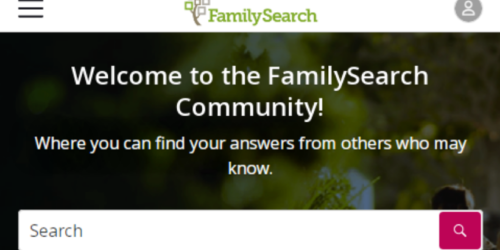New in The Family History Guide: Show Me Slides
If you have been using any of the Learning Paths (FamilySearch, Ancestry, MyHeritage, or Findmypast) in The Family History Guide, you are probably familiar with the Show Me videos, accessed in the header (Goal) area of the page. They are brief videos on our YouTube Channel that take you through various Learning Path Goals from a visual perspective, so you...









